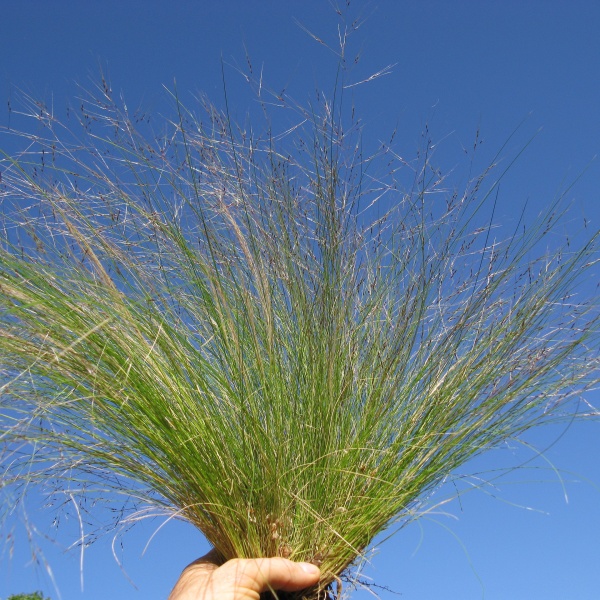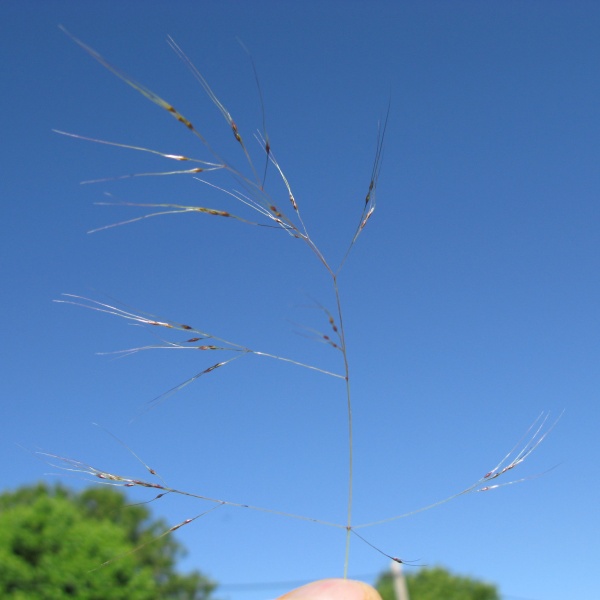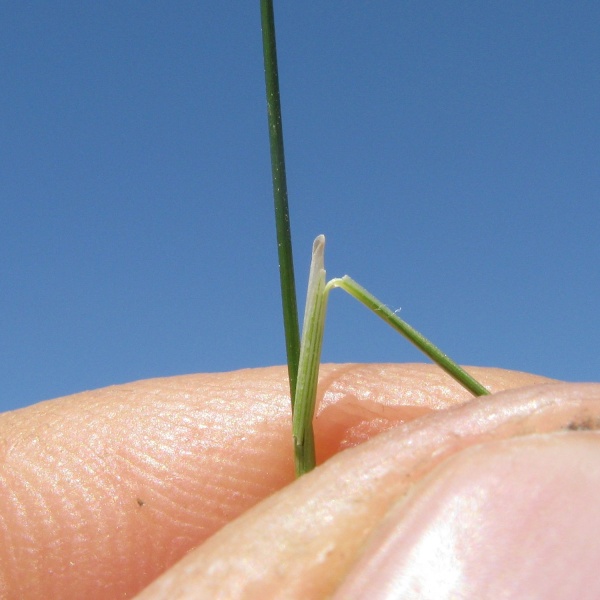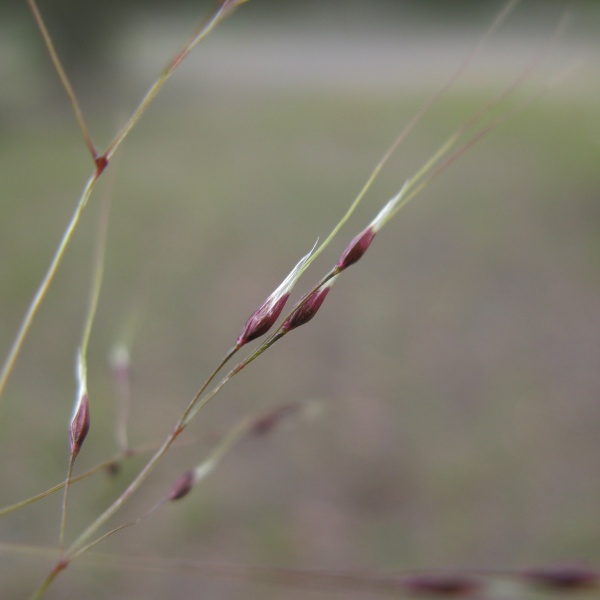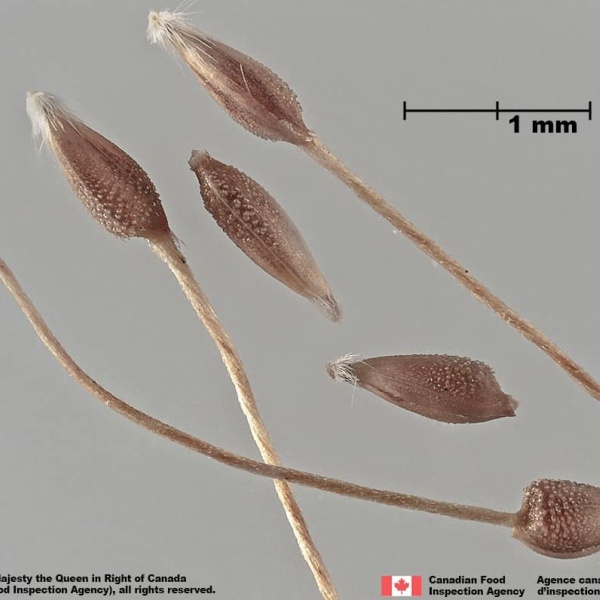Serrated tussock (Nassella trichotoma) is a perennial, drought-resistant invasive plant of the grass family (Poaceae). The species has the potential to become dominant in pastures, grasslands, and open forests, where it competes with other species and reduces biodiversity. It is also indigestible to livestock. Mature plants can produce up to 140,000 seeds annually, with seeds remaining viable in the soil for many years.
Report a serrated tussock sighting
Where it's found
Serrated tussock has not been found in Canada. Native to South America, it has been introduced to Australia over the last century, where it has gradually spread over millions of hectares of pasture in the south-east. It is also a serious weed in New Zealand and South Africa. Habitats of serrated tussock include natural and managed grasslands, natural forests, coastal areas, railways, roadsides and disturbed areas.
How to spot it
Serrated tussock is a tussock-forming grass that can grow up to 70 cm tall. Its roots are deep and fibrous. The leaves are thin, hairless, tightly rolled (can be rolled smoothly like needles between fingers) and have small, easily felt serrations along their edges. The inflorescences are long, branched, purplish, and bend toward the ground. The dispersed seed unit is a floret. The florets are light brown and have a hairy, pointed base and flat top; the upper half is bumpy and ends in a long awn (bristle-like appendage).
How it spreads
Serrated tussock has branched clusters of flowers (panicles) that break off from the parent plant and are easily carried by the wind for up to 20 km. As the panicles move, seeds are dropped. Seeds can also be transported on the muddy wheels of vehicles, in contaminated hay, in forage grass seed lots, and on animals and clothing.
What you can do
- Use clean hay, grain and straw
- Use clean, high-quality seed that is certified if possible
- Maintain healthy and diverse pastures
- Ensure machinery, vehicles and tools are free of soil and plant parts before moving them from one area to another
- Avoid planting or distributing invasive plants
- If you think you've spotted it in Canada, report a serrated tussock sighting to the Canadian Food Inspection Agency. We will follow up and determine if further action is needed.
What we are doing
Serrated tussock is regulated as a pest in Canada under the Plant Protection Act. It is also listed as a prohibited noxious weed in the Weed Seeds Order, 2016 under the Seeds Act. Importation and domestic movement of regulated plants and their propagative parts is prohibited.
- RMD-13-04: Consolidated Pest Risk Management Document for pest plants regulated by Canada
- D-12-01: Phytosanitary Requirements to Prevent the Introduction of Plants Regulated as Pests in Canada
More information
- Weed seed: Serrated tussock
- Invasive plants field guide
- Learn more about invasive species
